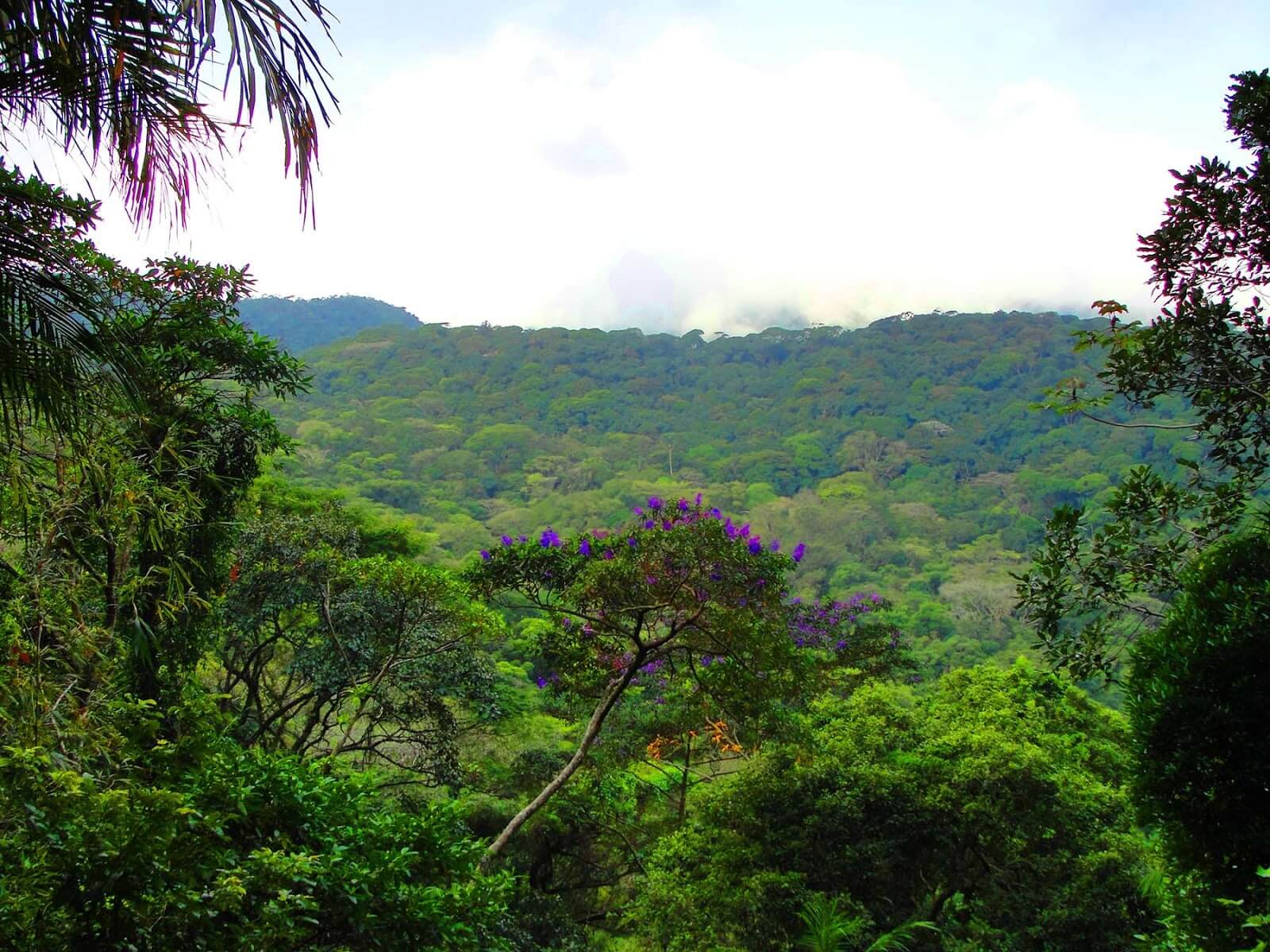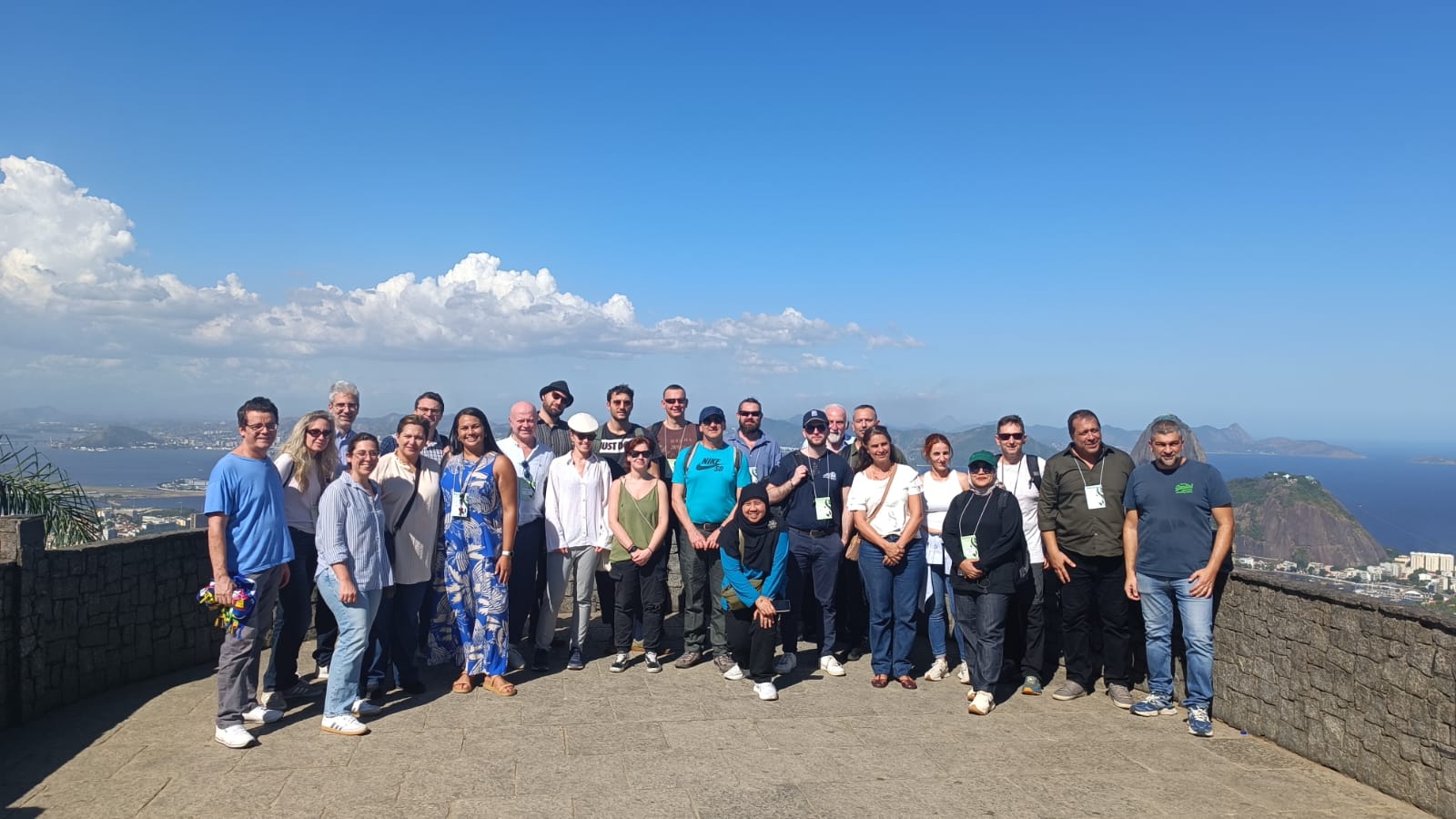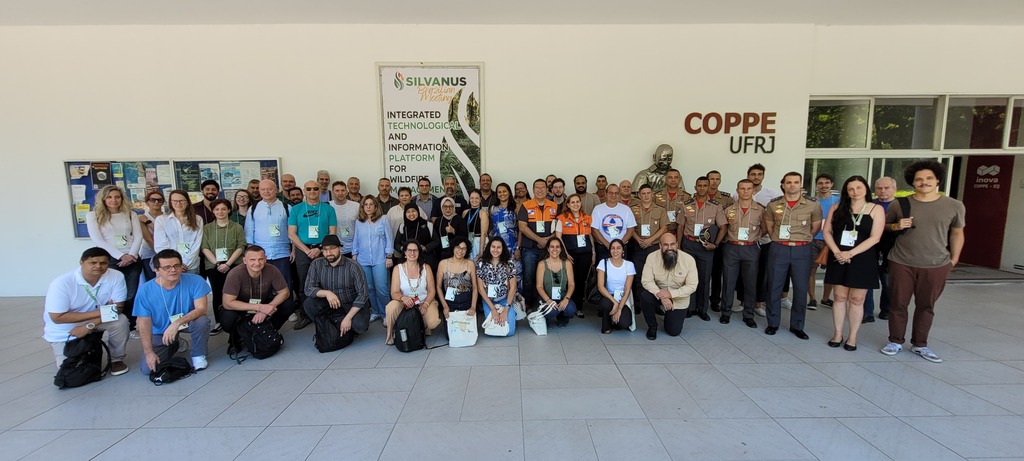Tijuca National Park, Brazil
Pilot Description
Tijuca National Park, Brazil
Located between 22°55′ to 23°00′ South and 43°12′ to 43°19′ West, in the southern center of Rio de Janeiro state, Brazil, and with approximately 3,953 hectares, Tijuca National Park is an iconic natural reserve that plays an essential role in maintaining ecological balance and providing recreational and educational opportunities for the public. It includes Tijuca Forest, one of the largest urban forests in the world, serving as a vital green space for Rio de Janeiro.
The soil in Floresta da Tijuca is diverse and varies across different elevations and slopes. Generally, the soil is rich in organic matter due to the continuous decomposition of plant material. It often includes a mix of clay, sand, and silt, providing a fertile substrate for the abundant vegetation. These soils play a critical role in water infiltration and retention, affecting the park’s hydrology. The presence of decomposing plant material contributes to the development of nutrient-rich soil, fostering a thriving ecosystem. Floresta da Tijuca boasts a remarkable diversity of vegetation, showcasing the beauty of the Atlantic Rainforest biome. Of the 1,619 plant species found, approximately 433 are endangered. The forest canopy creates a dense, shaded environment that supports the growth of understory vegetation, creating layers of biodiversity.
The park is home to numerous insects, spiders, snakes (like caninanas, corals, and jararacas), lizards (including iguanas and teiús), birds (such as tangaras, hummingbirds, and hawks), and mammals like monkeys, coatis, raccoons, and armadillos. The park shelters 328 animal species, 16 of them threatened with extinction. The presence of water sources, such as streams and waterfalls, further contributes to the forest’s ecological richness. Additionally, the forest has benefited from conservation efforts and reforestation projects since the 19th century, with large-scale replanting efforts undertaken in the early 20th century to combat deforestation. This restoration work has helped to re-establish natural plant communities and increase the park’s ecological resilience.
The climate of Tijuca National Park is classified as tropical below 500 meters, with warm temperatures throughout the year, and temperate above it. Due to the elevation of its mountains and the dense forest cover, the park experiences a more moderate climate compared to the urban areas of Rio de Janeiro. Rainfall is abundant, particularly during the wet season, which stretches from October to March.
Tijuca National Park has a fascinating history that intertwines with the development of Rio de Janeiro as a city. The area was originally inhabited by indigenous groups, but over time, the land became a critical area for logging and agriculture, especially during the colonial and imperial periods. By the mid-19th century, the rapid deforestation of Tijuca began to alarm the authorities due to the environmental degradation and the impact it had on the water supply in Rio de Janeiro. In response, Emperor Pedro II ordered the reforestation of the region in the 1860s, making it the first reforestation project in Brazil. More than 100 million trees were planted, and it became an exemplary initiative of environmental management for its time. This was also the beginning of the park’s long history of ecological restoration, as the forest gradually regained its natural beauty and vitality.
During the Brazilian pilot, several activities are scheduled, including a visit to Tijuca National Park. There, the park’s history and beauty will be presented, alongside issues related to wildfire fighting and prevention in the many environmental conservation units managed by ICMBio, Chico Mendes Institute for Biodiversity Conservation. The complexity of this task stems from the diversity of biomes, the vast size of these areas, and the relationship with the native populations living near them.

Pilot Implementation
The final pilot of the project, organised by Consortium partner COPPETEC, has taken place between February 24th and 27th, 2025, and featured presentations of the full version of the platform to Brazilian stakeholders from the SILVANUS team, including representatives from Venaka Treleaf GbR, Netcompany-Intrasoft, Agricultural University of Athens, Universitas AMIKOM Yogyakarta, Center for Security Studies (KEMEA), Zanasi & Partners, ITTI, expert.ai, SYNTHESIS Center for Research & Education, ASSET Puglia and Moravian-Silesian Fire Rescue Brigade.
Demonstrations of Brazilian efforts in wildfire prevention were made by representatives from Federal University of Rio de Janeiro (UFRJ), National Center for Monitoring and Early Warning of Natural Disasters (CEMADEN), Brazilian Institute for the Environment and Renewable Natural Resources (IBAMA), Civil Defense/Fire Department of the State of Rio de Janeiro – SEDEC/CBMERJ, and Secretariats of Environment and Climate of Paracambi and Rio de Janeiro. Topics included solutions for the sustainability of the Amazonian rainforest, overview of Brazilian wildfire case studies, and a special visit to Tijuca National Park.
Students and professors from various universities were present, such as UFRJ, UFF, UERJ, and UniVassouras, professionals from Petrobras, INEA, Brazilian Navy, and the Los Angeles Fire Department, as well as members of non-governmental organizations like Onda Verde.
All the lectures were broadcast live and are available on the COPPE/UFRJ Auditorium channel on YouTube.
The Brazilian pilot was the final pilot demonstration of the project, bringing a successful end to two trial periods of platform testing and pilot sessions from 2023 to 2025.

